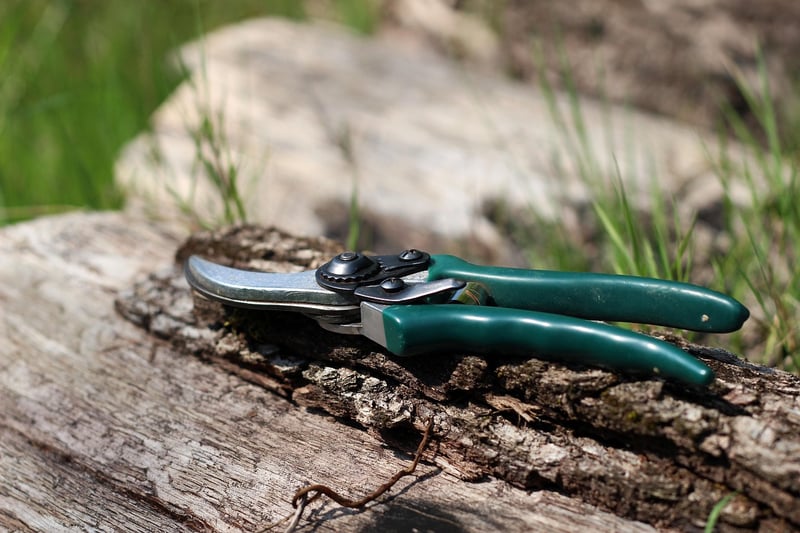Pruning Guidance
Keeping Your Garden Healthy: Essential Pruning Guidance
Welcome to our guide on maintaining a healthy garden through proper pruning techniques. Pruning is a crucial aspect of gardening that promotes plant health, encourages growth, and enhances the overall aesthetics of your outdoor space. Learn the essential tips and tricks to keep your garden thriving!
Why Pruning is Important
Pruning involves the selective removal of specific parts of a plant, such as branches, buds, or roots. This process offers several benefits:
- Promotes plant growth and flowering
- Improves air circulation and sunlight exposure
- Prevents disease by removing infected or dead parts
- Shapes plants for better aesthetics and structure
Essential Pruning Tips
Follow these key tips to ensure you prune your garden effectively:
- Use sharp, clean tools to make precise cuts and prevent damage to plants.
- Understand the specific pruning needs of each plant type, as different species require different approaches.
- Prune during the appropriate season to avoid harming plants or inhibiting growth.
- Remove dead, damaged, or diseased branches first to promote overall plant health.
- Step back regularly to assess the plant's shape and balance as you prune.
Common Pruning Mistakes to Avoid
Avoid these common pruning mistakes to ensure the well-being of your plants:
- Over-pruning, which can stress plants and inhibit growth
- Pruning at the wrong time of year, leading to stunted growth or susceptibility to disease
- Leaving behind jagged cuts that expose plants to infections
- Ignoring proper techniques for specific plants, resulting in damage or deformity
Conclusion
By following the proper pruning techniques and guidelines outlined in this article, you can maintain a healthy and vibrant garden that flourishes year-round. Remember to pay attention to the unique needs of each plant and approach pruning with care and precision. Happy gardening!

For more gardening tips and tricks, visit Gardener's World.
